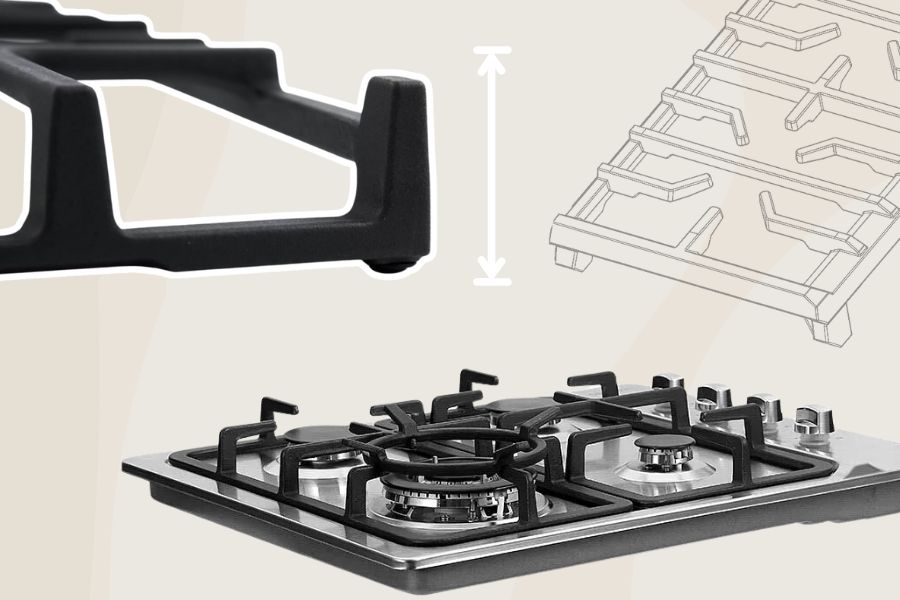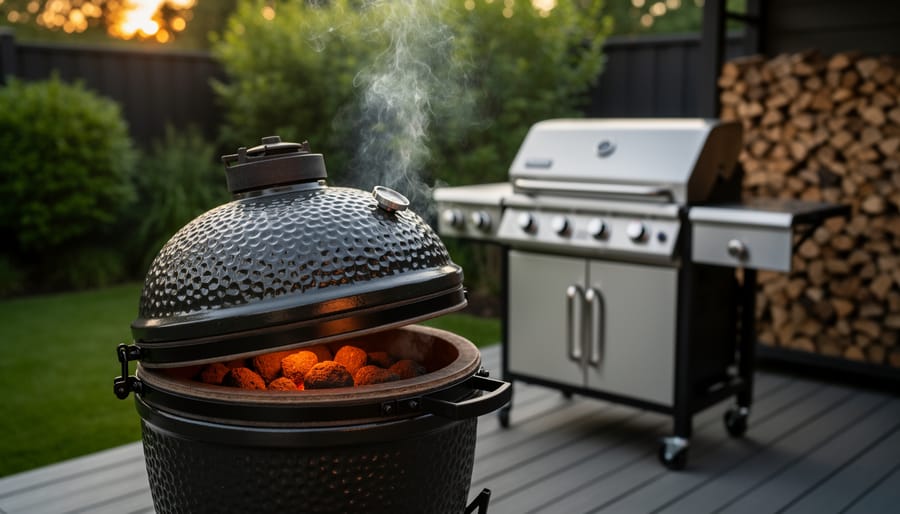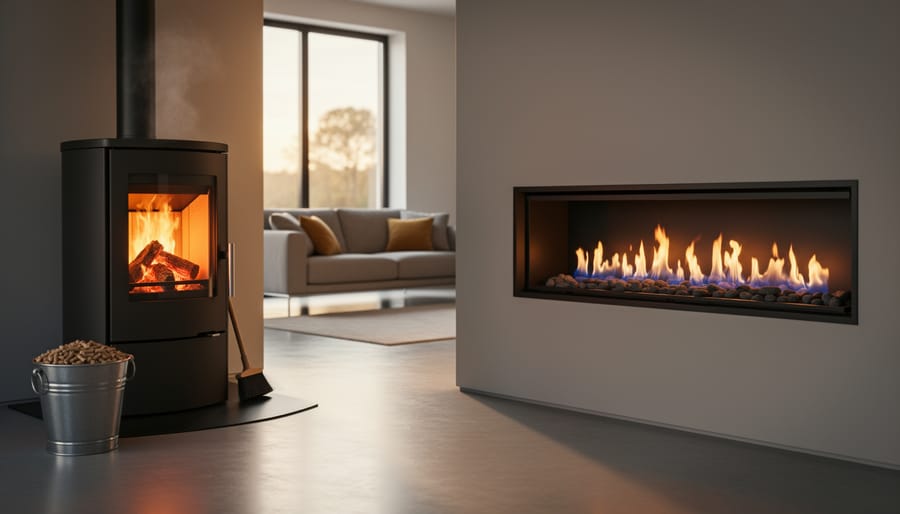Gas stove grates are the removable metal surfaces that sit on top of the burners on a gas stove. They hold pots and pans in place while cooking and distribute heat evenly across the bottom of the cookware.
Gas stove grates come in various materials, including cast iron, porcelain-coated, and stainless steel. Cast iron grates are durable and provide good heat distribution, but they can be heavy and require regular cleaning and seasoning to prevent rust. Porcelain-coated steel grates are lightweight and easy to clean but may not last as long as cast iron grates. Stainless steel grates are durable, easy to clean, and resist rust and warping, but they can be expensive.
Some gas stove grates can be removed and placed in the dishwasher for cleaning, while others must be cleaned by hand. It is essential to check the manufacturer’s instructions for cleaning and care of the grates.
It is also worth noting that some gas stove grates come with a “sealed” design, meaning they have no open slots or gaps between the grates, making it easier to clean and preventing food particles and liquids from getting into the burners.
In general, gas stove grates are essential to a gas stove and should be maintained in good condition to ensure safe and efficient cooking.
Gas stove grates are typically higher for better safety, heat distribution, and compatibility with larger burners and certain cooking styles. The higher height also allows for more space between the flame and the cooking surface, helping to prevent accidental fires.
Design and Function of Stove Grates
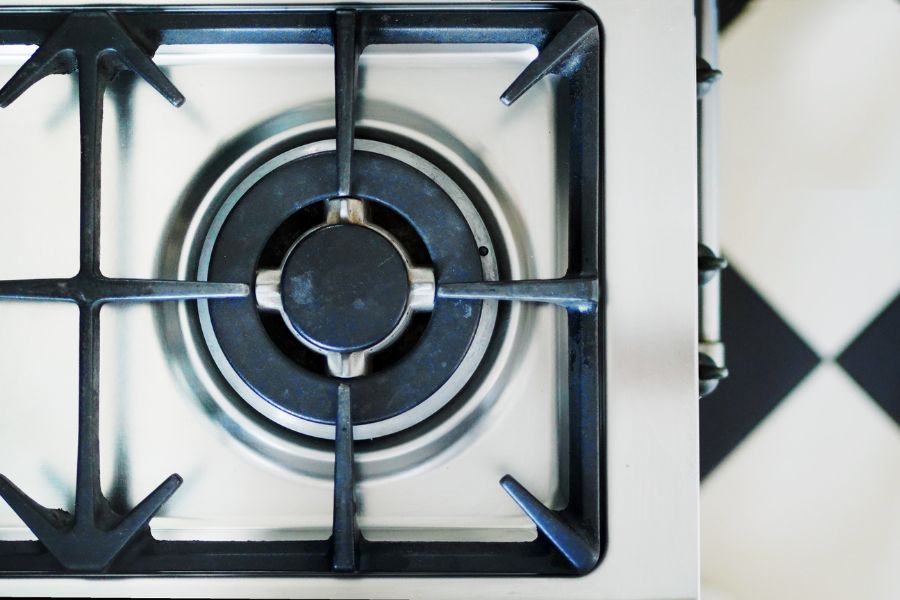
Stove grates are a crucial component of gas stoves. They are designed to hold cookware and distribute heat evenly across the stove’s surface.
The typical design of stove grates is a metal platform with raised bars or ridges. These bars or ridges are typically made of cast iron or stainless steel and are placed evenly across the grate’s surface. They serve several functions:
Support for Cookware
The raised bars or ridges support the cookware so it doesn’t tip over while cooking. This is important for ensuring that food is cooked evenly and that no hot spots can cause burning.
It also makes it easy to move the cookware around the stove, which is helpful for stirring or flipping food.
Heat Distribution
The raised bars or ridges also help distribute heat evenly across the stove’s surface. This is important for ensuring even cooked food and that no hot spots can cause burning.
This is achieved by allowing hot air to circulate the cookware, which helps to prevent hot spots from forming.
Airflow
The raised bars or ridges allow airflow between the cookware and the stove’s surface. This helps prevent food from sticking to the cookware and prevent spills from spreading across the stove. The raised bars or ridges also allow heat to circulate the cookware, which can help to prevent burning.
Easy to Clean
The raised bars or ridges make it easy to clean the grates by lifting the cookware off and brushing away any food debris. The raised bars or ridges also make it easy to scrape off any food debris that may have accumulated on the grates, which can help prevent food from sticking to the grates.
Durability
Cast iron and stainless steel are durable materials that can withstand high temperatures and resist rust and corrosion. They can withstand high heat and heavy use, making them ideal for use in stove grates. Cast iron grates are also known for their ability to distribute heat evenly, which can help improve the stove’s overall performance.
Overall, the design and function of stove grates are to provide a safe, durable, and efficient surface for cooking and to distribute heat evenly across the stove’s surface. By offering support to cookware and allowing air flow, heat distribution, and easy cleaning, stove grates make the cooking experience more pleasant and safe.
Why Are Gas Stove Grates Often Too High?
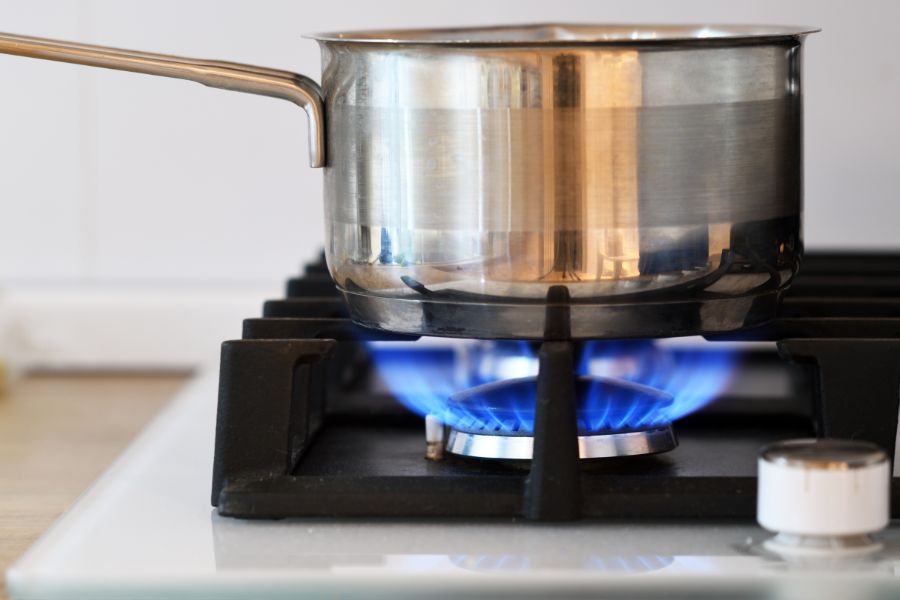
Gas stove grates are essential to a gas stove, but they can sometimes be too high for comfort and convenience. There are several reasons why this may be the case:
Safety
Gas stove grates are often high to prevent accidental spills and splatters from reaching the burners. This helps to keep the stovetop clean and reduces the risk of fire. High grates also help to prevent spills from reaching the gas valves and electrical connections, which can be a fire hazard.
Additionally, high grates can prevent children and pets from accidentally touching the burners and getting burned.
Heat Distribution
Gas stove grates are designed to distribute heat evenly across the bottom of the cookware. By raising the grates, heat can circulate more efficiently and prevent hot spots from forming. This is particularly important for large pots and pans that may not fit flush against the burners.
High grates also provide more space for air to circulate around the cookware, which can help prevent food from burning.
Burner Size
The size of the burners can also affect the height of the grates. Larger burners may require higher grates to accommodate them. The burners are typically recessed into the stovetop, and higher grates are needed to cover them completely.
Cooking Style
Some prefer high grates because they make stirring and flipping food easier while cooking. This can be especially useful for dishes that require frequent stirring, such as soups and stews.
High grates also allow for better visibility of the food as it cooks, making it easier to monitor the progress and adjust as needed.
Compatibility
When replacing a gas stove, the new grates may be higher than the old ones to match the new stove’s design. In some cases, the unique grates might be compatible with the old stove, but manufacturers may recommend new grates to ensure proper fit and function.
Additionally, the new grates may have been designed to meet new safety standards, which might require higher ones.
Safety Concerns – Potential Burn Hazards from High Grates
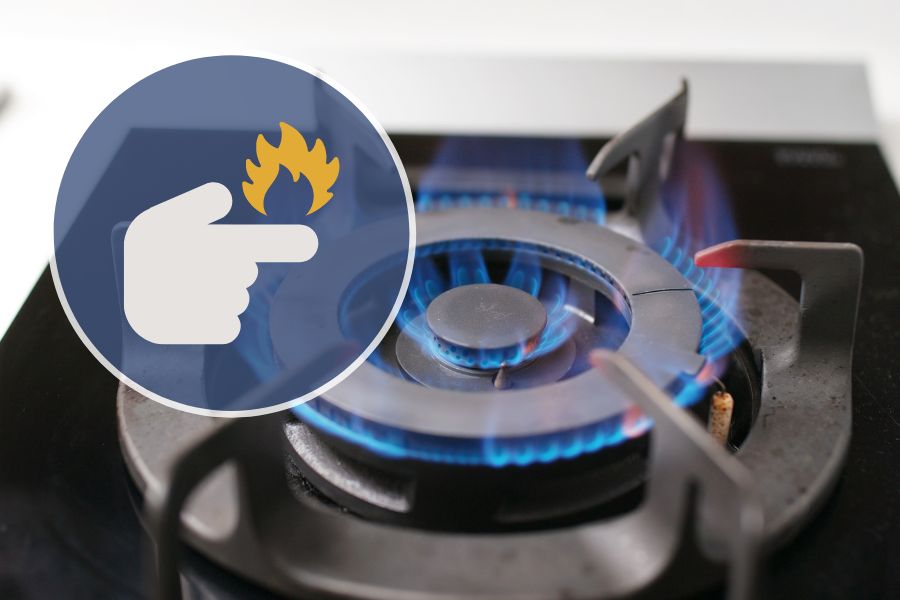
High gas stove grates can present potential burn hazards for several reasons:
Difficulty Reaching the Burners
High grates can make it difficult for some people, particularly those with mobility issues, to reach the burners and adjust the flame. This can lead to burns from accidentally touching the hot grates or turning the burners on too high.
This can be a problem, especially for elderly or disabled people who have difficulty bending over or reaching high surfaces.
Difficulty Seeing the Flame
High grates can also make it difficult to see the flame, which can be a burn hazard if it is not adjusted properly.
The flame should be adjusted to the appropriate size for the cookware being used, and if it is not visible, it can be difficult to ensure that the flame is at the correct level.
Difficulty in Monitoring the Food
High grates can also make monitoring the food as it cooks difficult, leading to burns if it overheats. It is important to see the food as it cooks so that adjustments can be made to prevent burning or overcooking.
Difficulty in Removing the Cookware
High grates can make removing the cookware from the stove difficult, especially if it is heavy or hot, which can lead to burns. This can be a problem for people who have difficulty lifting heavy objects or need help manipulating small or lightweight cookware.
Difficulty in Cleaning
High grates can make it difficult to clean the stove, leading to food buildup and spills that can increase the risk of fire and burns. Food residue can accumulate on the grates and burners, which can cause fire hazards and make the stove difficult to clean.
It is important to take precautions such as using pot holders and oven mitts when handling cookware, being extra careful when adjusting the flame, and using long-handled utensils or tools when necessary to minimize the risk of burn hazards when using a gas stove with high grates.
Adjustable Grate Options for Those Who Find High Grates to Be a Problem
Several adjustable grate options are available for those who find high grates a problem. Some of these options include:
Low Profile Grates
These grates have a lower profile than traditional grates, which makes it easier to reach the cookware and prevents the need for excessive bending or stretching. This is especially useful for individuals who are shorter or have mobility issues.
Low-profile grates also tend to have a smaller distance between the grates and the burners, which can improve the heat distribution and reduce the chance of burning.
Telescoping Grates
These grates have a mechanism that allows them to be adjusted to different heights, making it easy to reach the cookware regardless of the pot size or pan. This can be achieved by moving the grates up or down or by adjusting the legs of the grates.
Telescoping grates are particularly useful for individuals who use a variety of cookware of different sizes and shapes. They also allow for greater flexibility in cooking, as the grates can be adjusted to accommodate different types of cookware and dishes.
Removable Grates

Some stoves have grates that you can remove, making it easier to clean the grates and reach the burners for cleaning. This can be particularly useful for individuals who have difficulty reaching tight spaces or lifting heavy grates.
Grate Lifter
Some stoves have a special tool designed to make removing and replacing the grates easier. This can be particularly useful for individuals with difficulty lifting heavy grates or those with limited mobility.
While these options can be helpful for some people, they may not be suitable for everyone. It’s always best to consult with a professional or the manufacturer of your stove to determine if these options are available for your specific stove and if they would be appropriate for your needs.
How to Properly Use High Grates for Optimal Cooking Results
Use the Right Cookware
High grates accommodate larger pots and pans, so it’s important to use appropriately sized cookware for the grates. This will help ensure even heat distribution and properly cooked food.
Preheat the Grates
Before cooking, it’s important to preheat the grates. This will help to ensure that the grates are at the right temperature for cooking and will also help to prevent food from sticking to the grates.
Use a Stove Thermometer
A stove thermometer can help you monitor the grates’ temperature and ensure that they are at the right temperature for cooking.
Use the Right Amount of Heat
High grates are designed to handle high heat, but it is important to use the right amount of heat for the type of food that you’re cooking. For example, delicate foods like fish or vegetables may require a lower heat setting than foods like steak or burgers.
Use the Appropriate Tools
To prevent scratching the grates, use wooden, silicone, or heat-resistant plastic utensils, and avoid metal utensils.
Clean the Grates
It is vital to keep the grates clean to ensure that they are functioning correctly and that food is not sticking to them. Be sure to scrape off any food debris and wipe the grates down with a damp cloth after each use.
Following these tips ensures you use your high grates properly and get the best cooking results. Remember that high grates are designed to handle high heat, so it is essential to use them appropriately to avoid burn hazards.
More Gas stove maintenance and care Guides:
- The gas stove glass top is broken.
- Can you paint gas stove grates?
- Can you put gas stove grates in the dishwasher?
- How to season cast iron grates on a gas stove.
- Why is My Gas Stove Making Noise?
- Why is My Gas Stove Not Clicking?
Bottom Line
High grates are a popular feature on gas stoves, as they offer a larger surface area for cooking and allow for the use of larger pots and pans. However, it is essential to remember that high grates can present burn hazards if not used properly.
To ensure safe and efficient cooking, it is crucial to use the appropriate cookware, preheat the grates, use the right amount of heat, use a stove thermometer, use appropriate tools, and keep the grates clean.
If you find that high grates are a problem, adjustable grate options such as low-profile grates, telescoping grates, removable grates, and grate lifters can help make cooking safer and more comfortable.
You can cook confidently and achieve delicious results by properly using high grates and being aware of the potential hazards.

